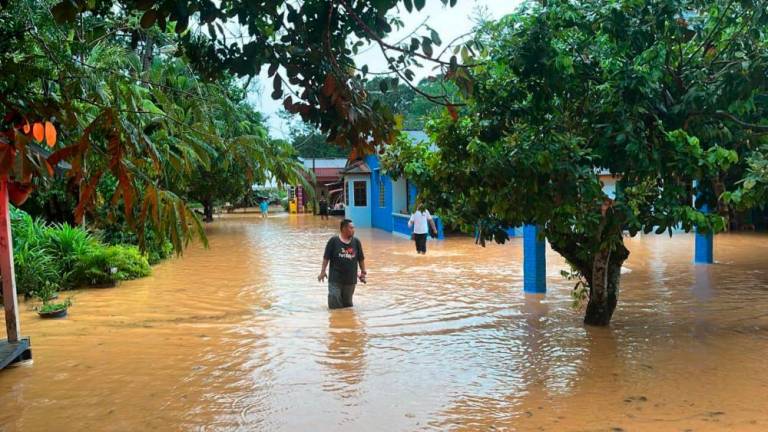PETALING JAYA: The Employees Provident Fund (EPF) dividend payout, expected to be between 5% and 6% for 2020, is reassuring as the country’s economy had shrunk by 5.6% that year, according to economists.
Sunway University Business School Professor of Economics Dr Yeah Kim Leng said EPF’s investment performance remained intact despite the Covid-19 pandemic due to the faster-than-expected recovery in local and overseas financial markets.
“In the first three quarters of the year, EPF’s net investment income amounted to RM37.83 million, on track to a dividend payout close to 5.45% paid in 2019,” Yeah said yesterday.
He credited the strong fiscal and monetary stimulus, mounted by governments around the world to offset the contradiction in the real economy, for EPF’s performance.
“Malaysia’s aggressive policy responses underpinned the local bourse’s 2.4% rise in the composite index, and a larger 6.2% increase in market capitalisation,” he added.
Likewise, the strong performance in overseas markets, as exemplified by the 15.5% rise in S&P500, 6.6% in Dow and 43% in Nasdaq, helped to sustain EPF’s investment performance, with a third of its assets invested abroad.
The Malaysian Reserve, citing sources familiar with EPF, reported that the fund is considering a dividend payout of between 5% and 6% for 2020. If this is correct, it will exceed Permodalan Nasional Bhd’s (PNB) 4.25% dividend for 2020, making it the first time the retirement fund has outperformed PNB’s benchmark Amanah Saham Bumiputra.
Yeah believes this is due to PNB’s lower exposure to overseas markets, which could have resulted in returns lower than EPF’s.
“Moreover, reduced public listings could have also reduced contribution from the gains from typical high returns from initial public offerings,” he said.
Meanwhile, Asia-Europe Institute at University of Malaya Professor of Economics Datuk Dr Rajah Rasiah told theSun that EPF’s dividend of between 5% and 6% obviously will buck the trend on lower yield, given that the pandemic has ravaged economies both locally and abroad.
“This is a positive sign but let us first see how much of EPF funds remains with those in the B40 group as withdrawals were approved last year to address the damage caused by Covid-19,” he said.
If the government does declare such a dividend, it will be sending a positive note to contributors that the government cares for the people’s welfare, Rajah said.
However, one will need to calculate the relative gains from a dividend of 5% or 6% against the amount withdrawn to address the problems created from the pandemic.
The various restrictions imposed included a significant fall in income, and for many, a complete loss in income, which is the major driver of the withdrawals made by the affected households, Rajah said.
“In the end, higher dividends may be enjoyed by the rich compared to the poor, which could undermine wealth inequality in the country,” he added.













